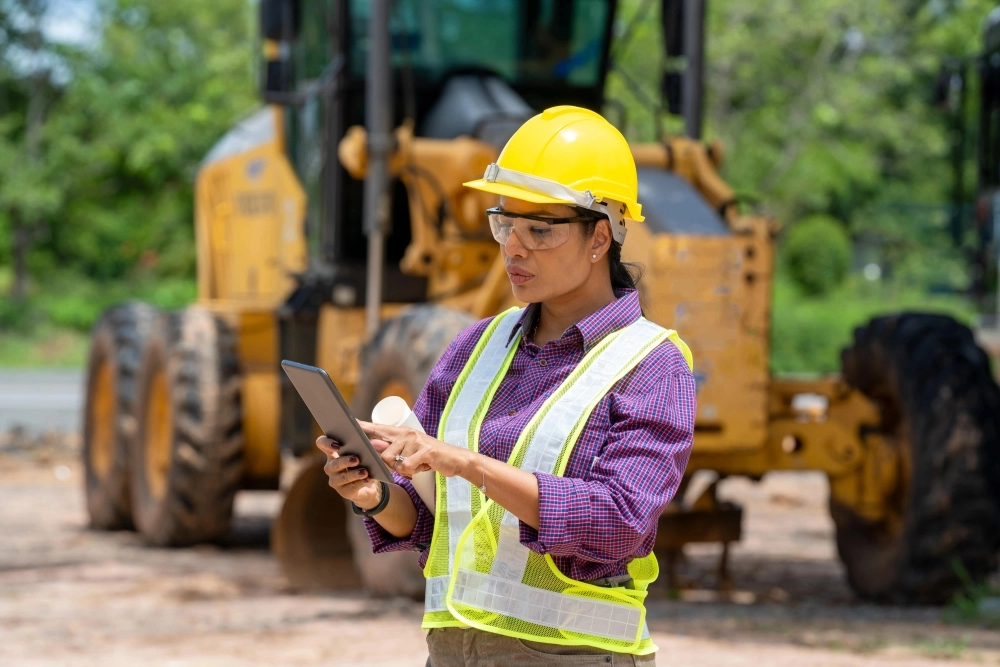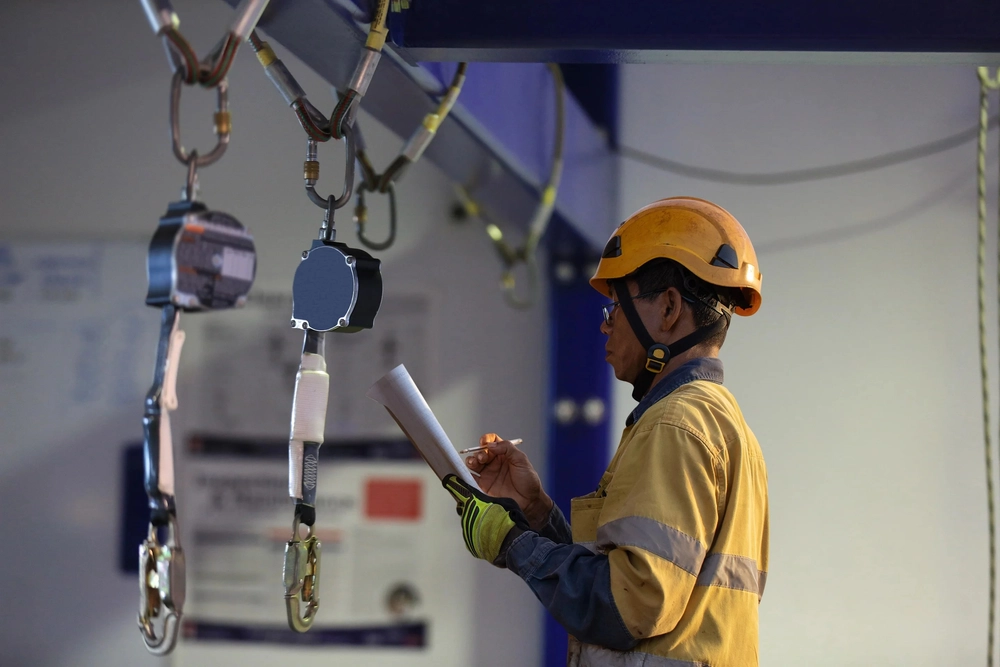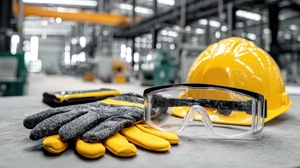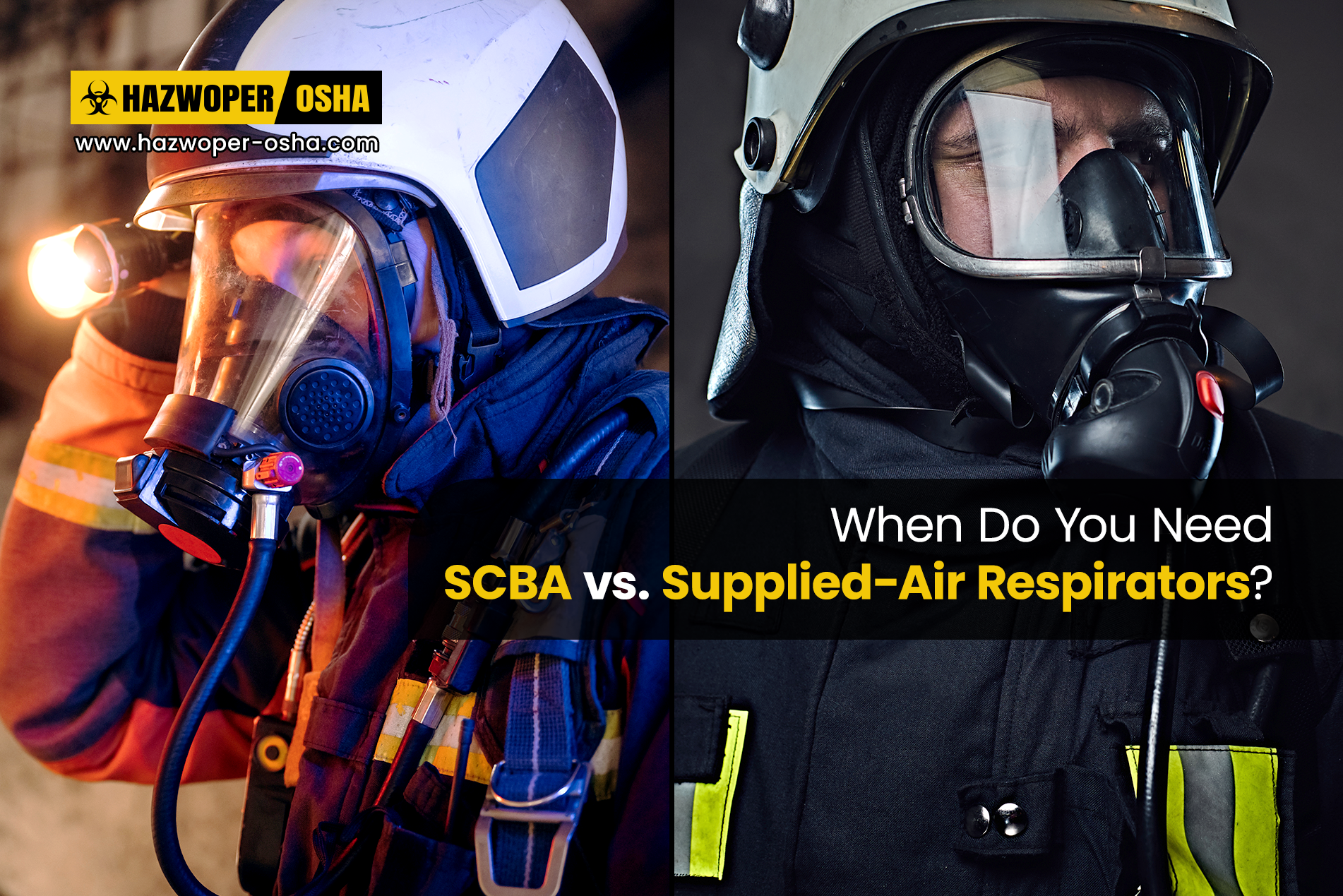Who is a Competent Person and their Role in Excavation Safety and Fall Protection
We often hear the term “competent person” about safety protocols. OSHA, the Occupational Safety and Health Administration particularly allocates responsibility to workers in the capacity of competent persons for certain work operations and for examining and confirming safety protocols. Hence, many OSHA safety standards and other regulatory documents refer to the term “competent person”, requiring a need for employers and employees to understand the term to allocate responsibility to comply with OSHA standards and regulations.
Who is a Competent Person?
According to OSHA, a “competent person is defined as one who is capable of identifying existing and predictable hazards in the surroundings or working conditions which are unsanitary, hazardous, or dangerous to employees, and who has the authorization to take prompt corrective measures to eliminate them" [29 CFR 1926.32(f)].”
OSHA goes on to explain that a competent person gains knowledge through appropriate education and training, and field experience. Thus, a competent person would be knowledgeable about the applicable safety standards for specific types of works (for example, excavation operations, erection of scaffolding, safe work practices to ensure fall protection, work operations using hazardous or toxic substances like asbestos, etc.). A competent person would also have the capability to identify workplace hazards relating to specific operations and the authority to correct them.
Several OSHA standards specify added requirements to be fulfilled by a competent person. Refer to this link for the complete list of OSHA Standards that specify the requirements that a competent person must fulfill.

The Role and Responsibilities of the Competent Person in Excavation, Trenching, and Shoring Operations
OSHA’s Excavation Standards 29 CFR 1926 Subpart P specifies organizations involved in excavation and trenching operations appoint an employee as a “competent person” only if they:
- Have training in soil analysis,
- Are knowledgeable about protective systems and OSHA excavation requirements,
- Are able to identify hazards in excavation work, and
- Have the authority to take prompt action to remove or minimize hazards identified at excavation and/or trenching worksites.
At excavation sites, a competent person is required on-site whenever workers are entering excavations. A competent person’s responsibilities at excavation sites include:
- Classifying soil
- Designing structural ramps for heavy equipment
- Inspecting worksites daily, as often as needed
- Examining equipment and materials to make sure they are in good working order
- Monitoring water removal operations
- Maintaining the authority to take prompt, corrective action to eliminate existing and predictable hazards, and stopping work when required.
In instances where there is a need for OSHA to conduct worksite inspections, much time is spent verifying if the competent person on-site understands OSHA’s excavation standards and can identify and eliminate hazards that might harm workers.
To better understand the compliance requirements of OSHA’s Excavations Standards, enroll employees in our OSHA Competent Person for Excavation, Trenching, and Shoring Training course without delay.
Remember!A “competent person” must not only know the relevant worksite hazards and be given proper training on OSHA Standards but also have adequate authority to take action to stop work in case of any unforeseen circumstances or hazards.

The Role and Responsibilities of the Competent Person in Fall Protection
When workers work at heights, OSHA specifies the need for fall protection as regulated by OSHA’s Fall Protections Standards 29 CFR 1926 Subpart M. To adhere to the compliance requirements of these OSHA Standards, employers must appoint a competent person to understand the prevailing hazards and ensure the application of relevant safe work processes to minimize or eliminate fall hazards.
Accordingly, an employer must appoint a competent person who is responsible for:
- The identification and evaluation of fall hazards and warning other workers about these conditions.
- Determining whether the safety nets meet the provisions of the Fall Protections Standards according to Subpart M.
- The inspection of the personal fall arrest system (PFAS) after a fall.
- Evaluating any alterations in a personal fall arrest system and its safety.
- Training employees to recognize fall hazards and follow safe work practices.
For comprehensive training on OSHA Fall Protection Standards, enroll in our OSHA Competent Person for Fall Protection Training course today!
Conclusion
A competent person has an important role to play in the safety and health of employees who work in excavation and trenches and those who undertake work at heights. As such, employers must ensure that personnel designated as competent persons have adequate experience and knowledge and receive regular training to ensure their knowledge remains current and in compliance with any changes in OSHA safety standards.
Reference
OSHA. (n.d.). Competent Person. Website. https://www.osha.gov/competent-person

 EN |
EN |  ES
ES




























































































































